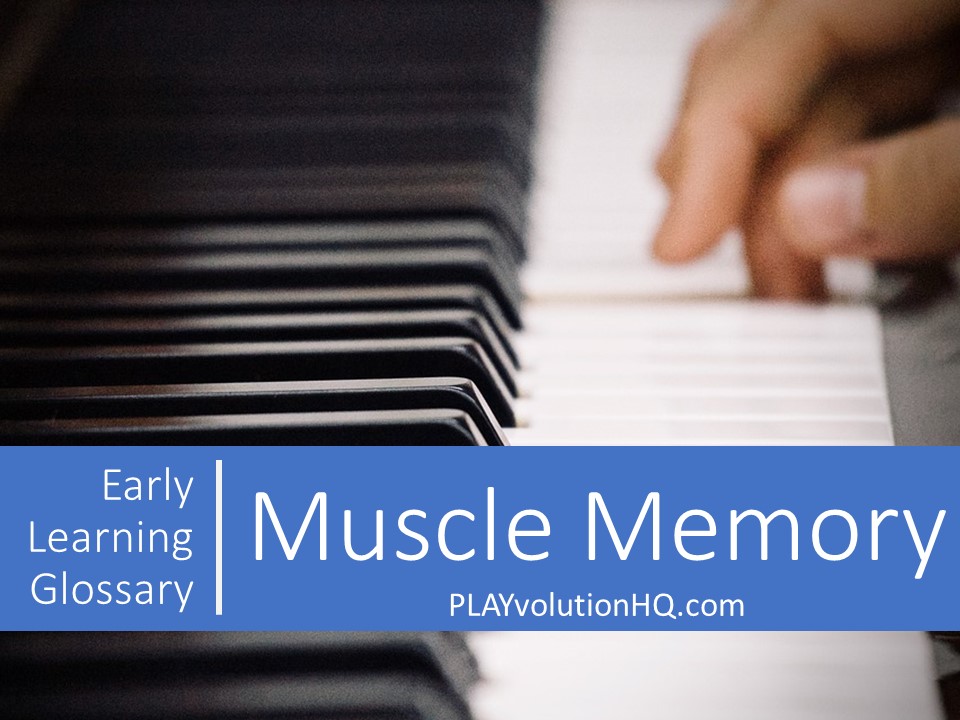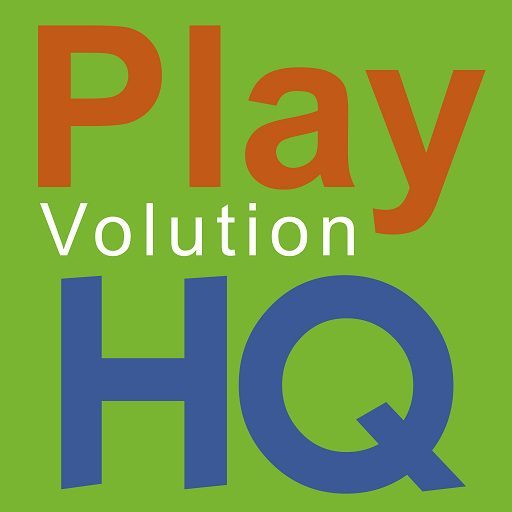
About Muscle Memory
Muscle memory is a fascinating phenomenon that refers to the ability of our muscles to “remember” specific movements or actions after repeated practice. This process isn’t about the muscles themselves storing memories, but rather the brain and nervous system adapting to create more efficient neural pathways. When you repeat an action—like swinging a tennis racket, typing on a keyboard, or playing a chord on a guitar—your brain strengthens the connections between neurons involved in that task. Over time, this repetition makes the movement almost automatic, requiring less conscious effort. This is why a seasoned pianist can play complex pieces effortlessly while a beginner struggles with basic scales.
The science behind muscle memory lies in the concept of neuroplasticity, the brain’s ability to reorganize itself by forming new neural connections. When you practice a skill, your motor cortex, cerebellum, and other brain regions work together to fine-tune the coordination and timing of muscle activation. Myelin, a fatty substance that insulates nerve fibers, also thickens with repetition, speeding up signal transmission. This is why consistent practice is key: each repetition reinforces the neural circuitry, making the action smoother and more precise. Interestingly, muscle memory can persist even after long periods of inactivity—think of the phrase “it’s like riding a bike,” which highlights how deeply ingrained these skills can become.
Muscle memory has practical applications far beyond sports or music. It plays a role in rehabilitation, helping individuals recover motor skills after injuries like strokes by retraining the brain and body to work together. It’s also why habits, good or bad, are hard to break—repetitive actions wire themselves into our systems. However, muscle memory isn’t infallible; poor technique practiced repeatedly can ingrain bad habits just as easily as good ones. This duality makes it a powerful tool for learning and improvement, but it also underscores the importance of practicing correctly from the start. Whether you’re mastering a dance routine or perfecting a jump shot, muscle memory is the silent partner turning effort into instinct.
Contribute content to Playvolution HQ
Brought to you by Explorations Early Learning
Thoughts On This Entry?
I’d love to hear your thoughts on improving this entry and suggestions for additional glossary additions in the comments below. You can also contact me with comments or concerns.
Browse Trainings
Author
Jeff Johnson is an early learning trainer, podcaster, and author who founded Explorations Early Learning, Playvolution HQ, and Play Haven.
In-Person And Online Training
Learn how to book an in-person or online training for your organization on these early learning topics.
Support The Site
I participate in the Amazon Services LLC Associates Program, an affiliate advertising program designed to provide a means for me to earn fees
by linking to Amazon.com and affiliate sites.
Thanks To Our Patrons
This post was made possible by patrons like these, who generously fund our work:
Supporters
Lissadell Greene Stephanie Goloway Jennifer Stark
Lagina Kozak Michelle Hankins
Marie Messinger Tamara L. Lakin
Fans
Jen Flemming Lizz Nolasco Cynthia J Bays
Susan Warner Kelly Sigalove Shawn Wolf
Vittoria Jimerson Codee Gilbert Wendy Tedford
Monica Morrell Pam Soloman Melissa Franklin
Teresa Watson Erika Felt Autumn Peele
Melissa Taylor Jahmeela Robinson Stacie Manning
Amber Maurina Terra Calamari Anne Jackson
Lagina Kozak Samantha Yeager-Cheevers
Elizebeth McCoy Sammy Cousens Ellen Cogan


Leave a Reply